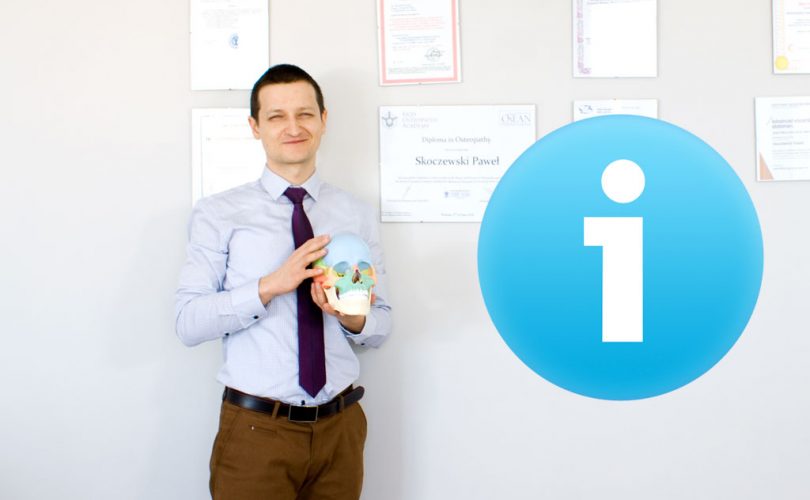Embryology is very helpful in the diagnostic and therapeutic process. Thanks to it, we know the order of organs development and their close correlations. This knowledge can direct us therapists to the source of pain, which can be projected to places where the organs were located during embryogenesis. In this way, one can explain why the pain is projected in the thoracic pathologies to the abdominal cavity (pneumonia manifested by abdominal pain, myocardial infarction with abdominal pain). Another example is the earlobe and kidney – they have a similar shape because they come from the same germ tissue. Therefore, when a child is born with an anomaly within the pinna, the doctor should check if any changes do not affect the kidney on the same side.
Going more into details, one of the stages of kidney development is the mesonephros, of which male testicles and related wires are also formed in the male. Thus, the testicles begin to descend from the place where the kidneys are. In the case of renal colic, i.e. in the excretion of kidney stones, pain often radiates from the lumbar, through the groin to the testicles.
Of course, in the entire diagnostic process, knowledge of anatomy, physiology, neurology or other sciences is necessary. Thanks to them, we know the topography, functions and innervation of organs and we can read pain maps or find causes of ailments.
Similar dependencies or connections are also explained by Chinese medicine, where the following pairs are distinguished: eyes and liver, nose and lungs, tongue and heart, lips and spleen, kidneys and ears. An example with a liver – when a person exaggerates with alcohol, he begins to “see double”.
The above description is just a “drop in the sea” of information that you need to explore in order to read all pain symptoms well.
